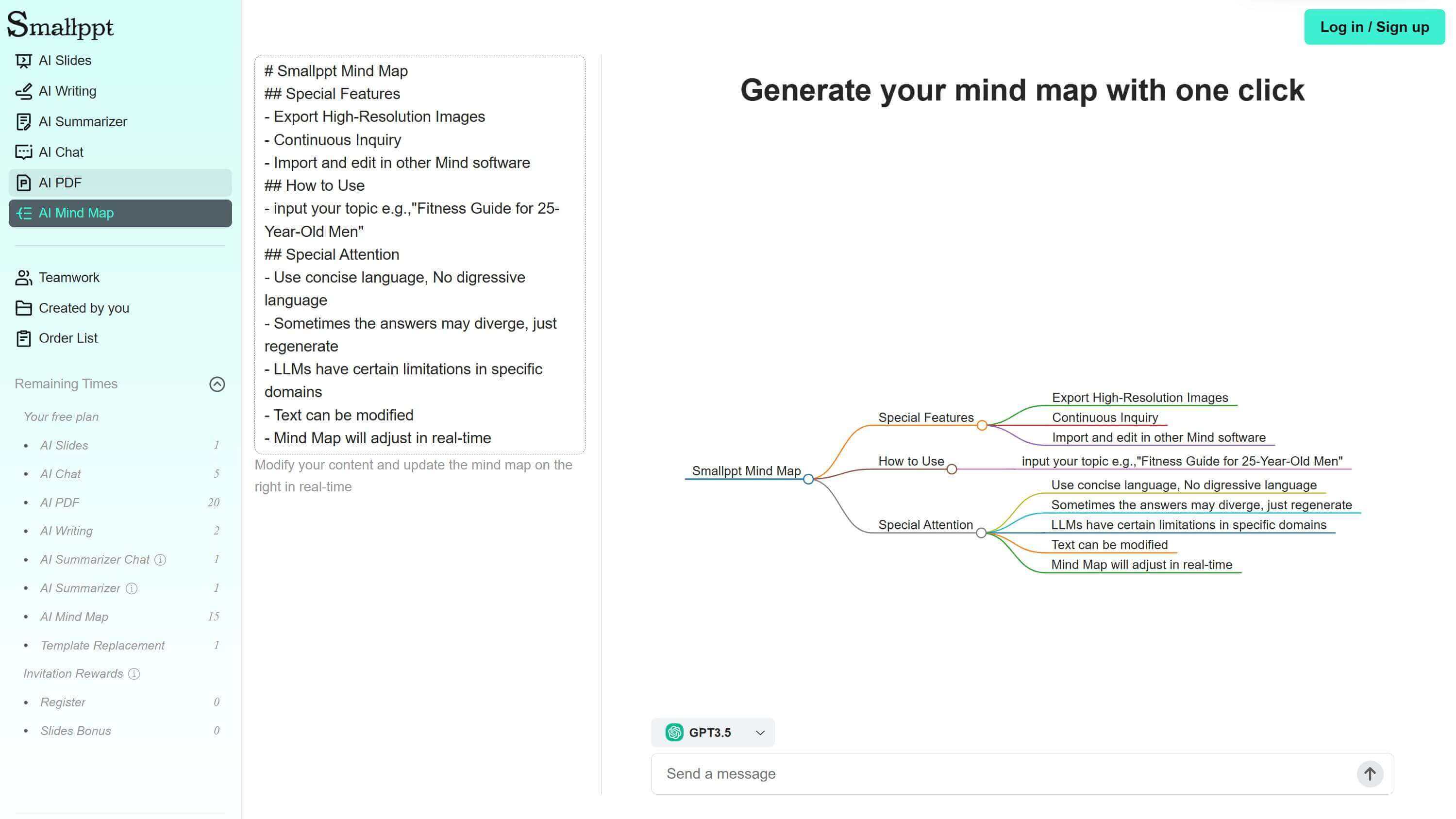
At work and study, we often need to spark creativity and exchange ideas. Both "brainwriting" and "brainstorming" are go-to creative methods we commonly use.
While they may seem somewhat similar on the surface, they actually have quite a few differences. Understanding these distinctions helps us better apply these methods to solve real-world problems.
So, what is the difference between brainwriting and brainstorming? Next, let’s dive deeper together.
What Is Brainwriting?
Brainwriting is an innovative thinking method that emphasizes capturing ideas in writing rather than verbally.
Participants write down their ideas on paper or digital devices and then pass them to the next person. This next member builds upon those ideas through additions or expansions, creating a relay-style accumulation of concepts.
Unlike traditional brainstorming, brainwriting avoids instant verbal exchange. Instead, it prioritizes written contributions, allowing each member quiet, focused time to think deeply and express ideas fully.

What Is Brainstorming?
Brainstorming is a group creativity technique where team members freely verbalize ideas around a specific topic.
It encourages real-time interaction and sparks inspiration through open sharing.
The core principles are "quantity over quality" and "withholding criticism," aiming to generate a large volume of ideas quickly.

Brainwriting VS. Brainstorming
Brainwriting:
● Primarily written, quiet, and independent.
● Allows deep thought and contemplation; individuals can focus more on their own thinking, fully excavating and organizing their own ideas.
● Information sharing is relatively limited.
● More suitable for teams with diverse personalities, requiring deep thinking, or needing to avoid authority influence.
Brainstorming:
● Primarily verbal, emphasizing instant communication and interaction.
● Pursues rapid divergence, relying on spontaneous inspiration collisions.
● Information sharing is relatively sufficient and timely; all participants can instantly hear others' ideas during the discussion.
● More suitable for teams with an active atmosphere, needing to rapidly generate a large number of ideas.
Advantages and Disadvantages of Brainwriting
Pros :
🔸 In Brainwriting, participants independently write down their ideas instead of expressing them publicly, like in brainstorming.
This reduces the social pressure participants may feel from worrying about being ridiculed or criticized by others, lowering their hesitation to share genuine thoughts.
🔸 Participants have relatively ample time to think through their ideas, allowing them to refine and organize their thoughts with minimal interference from others.
🔸 As remote teamwork becomes increasingly common, Brainwriting can easily be conducted via online documents, emails, etc., enabling each member to participate at their own convenience and location.
🔸 Ideas in Brainwriting are systematically documented in written form, facilitating later organization, analysis, and reference.
Cons :
🔹 Due to the independent thinking and writing process, the "delayed exchange" of text-based communication may dampen the spontaneous spark of participants’ inspiration.
🔹 Differences in participants’ writing abilities and communication styles could lead to unclear information or misunderstandings.
🔹 Larger teams or complex rounds of idea passing may reduce overall efficiency.
Advantages and Disadvantages of Brainstorming
Pros :
🔸 The brainstorming environment encourages participants to speak freely, and this open atmosphere can stimulate the creativity of participants.
🔸 All participants can hear others’ ideas immediately during discussions, gaining a comprehensive understanding of different perspectives.
🔸 The dynamic atmosphere of live discussions energizes participants, making it especially suitable for extroverted teams or scenarios requiring enthusiastic engagement.
Cons :
🔹 Discussions may be monopolized by dominant personalities or senior members, creating group pressure where introverted individuals stay silent for fear of judgment.
🔹 Since brainstorming emphasizes rapid idea generation, some suggestions may lack thorough consideration and refinement before being shared.
🔹 If ideas from oral discussions aren’t written down promptly, key details may be overlooked.
Brainwriting Techniques
1. Classic 6-3-5 Brainwriting Method
This is a classic brainwriting technique. It involves 6 participants, each writing down 3 creative ideas on a sheet of paper.
The paper is then passed to the next person, who adds 3 new ideas after reading the previous suggestions. This process repeats for 6 rounds, with each round lasting 5 minutes.
2. Idea Pool
A shared "idea pool"(e.g., an online document or physical box) is created for participants. Contributors can submit ideas anytime and browse existing suggestions to inspire additional contributions.
Brainstorming Techniques
1. Free Association
A facilitator introduces a topic or problem, and participants freely propose ideas related to the theme without restrictions.
2. Reverse Brainstorming
First, brainstorm ways to deliberately cause problems or worsen a situation. Then, reverse these "negative" ideas to develop actionable solutions.
3. Visual Collaboration
Organize ideas using sticky notes to create thematic clusters. For example, construct mind maps where the central theme branches into connected ideas through radiating hierarchies.
Final Thoughts
Whether through brainstorming or brainwriting, both methods can foster innovation and energize your team.
In this blog post, you've learned the difference between brainwriting and brainstorming. The method you choose depends on the characteristics of your team and the needs of your project .Flexibly selecting the method that aligns with your goals and team preferences will maximize their strengths and provide powerful support for creativity and problem-solving.
Smallppt, Ignite Your Creative Spark
Whether you’re planning an event, tackling a complex challenge, or designing a new solution, Smallppt can help youbreak through mental blocksand unlock continuous creative flow.
Already have a seed of inspiration but struggling to expand it?
→ Smallppt's AI Mind Map helps you broaden perspectives, allowing ideas to branch out organically.
Simply input your thoughts, and the AI engine will instantly analyze and associate relevant concepts, empowering you to effortlessly expand your thinking.
Alternatively, you can communicate your ideas with AI Chat and let AI Writing generate clear and coherent text based on your description. Use the templates in AI Slides to present your ideas with amazing visuals.



